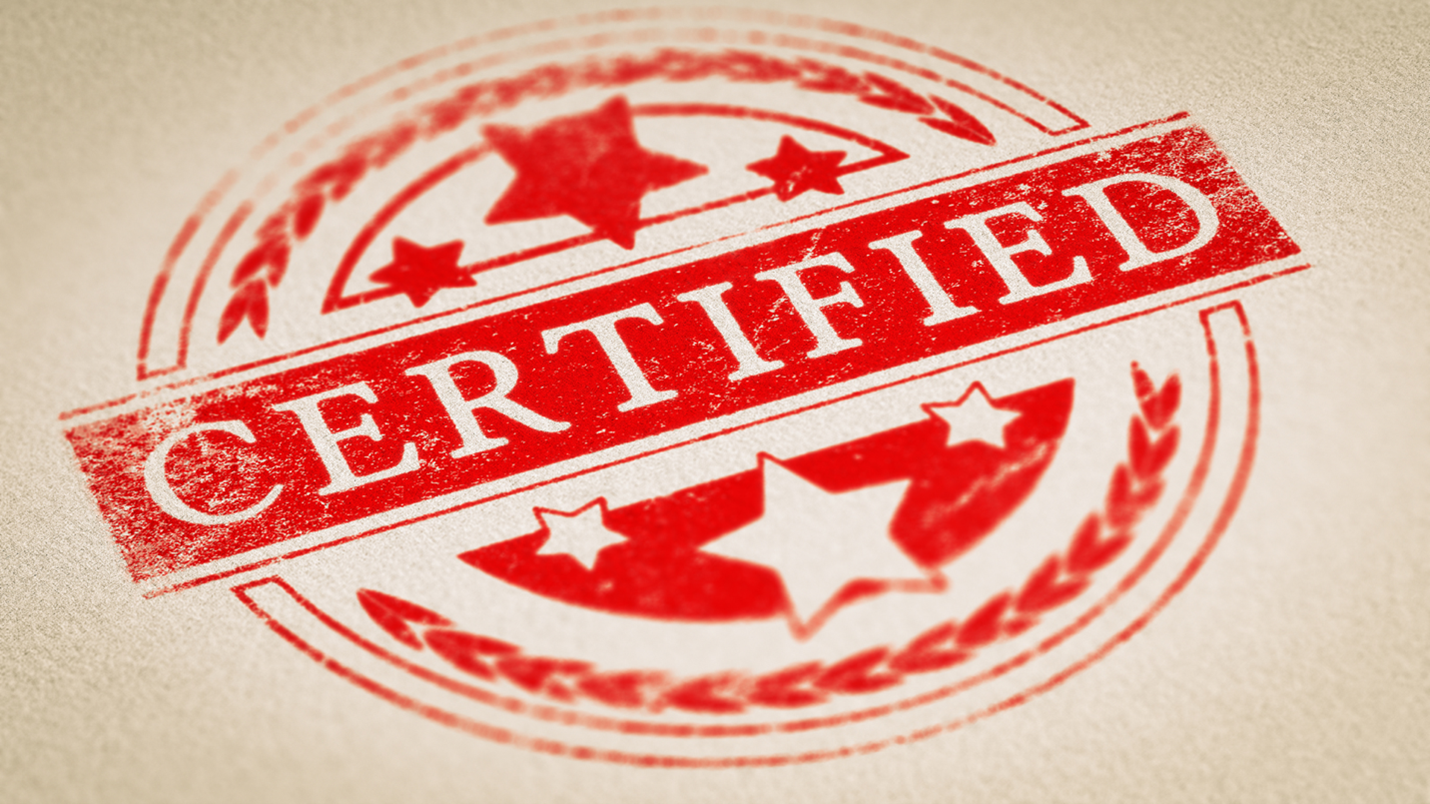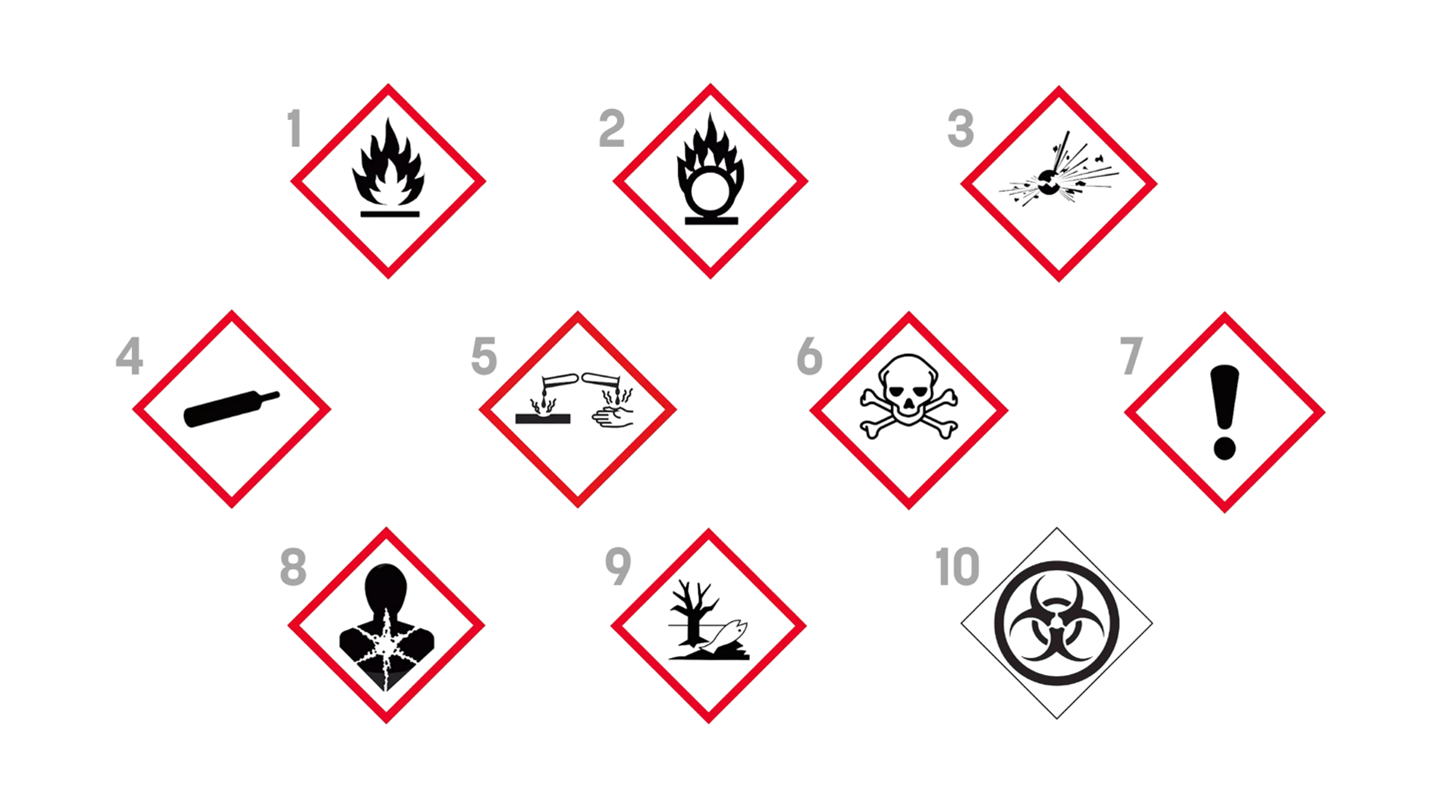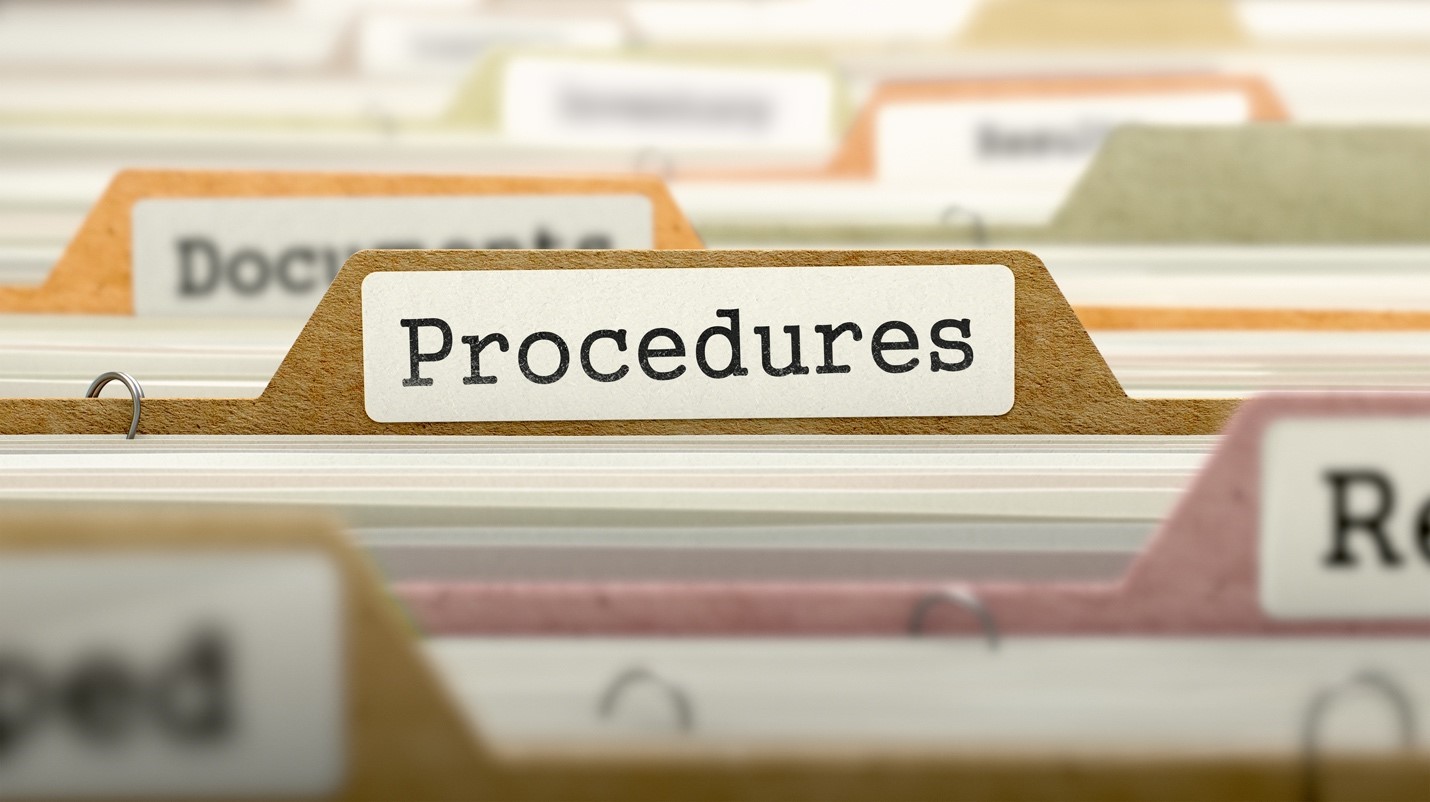News Blogs
-

Training and Certification for Shipping Dangerous Goods by Air in Canada
Shipping dangerous goods by air demands a thorough understanding of regulations and best practices to ensure safety and compliance. But how do you get trained and certified for this specialized task in Canada? The Importance of Training Recognizing the unique challenges of transporting dangerous goods by air is the first step toward ensuring safety. Proper […]... Learn more
-

WHMIS & GHS Training: What You Need to Know
When it comes to workplace safety, understanding and implementing robust safety protocols are critical. Two key players in this area are WHMIS (Workplace Hazardous Materials Information System) and GHS (Globally Harmonized System of Classification and Labelling of Chemicals) training. This blog will guide you through the essential aspects of WHMIS and GHS training and emphasize […]... Learn more
-

Understanding 10 Canadian WHMIS 2015 Symbols
WHMIS, or Workplace Hazardous Materials Information System, is crucial for safety in Canadian workplaces. It mandates proper labelling of hazardous products per the Occupational Health and Safety Act. Employers must ensure the correct labelling of all dangerous products entering the workplace. WHMIS pictograms convey essential information about product risks vital for the safety of workers […]... Learn more
-

Why are Dangerous Goods’ Marking and Labelling Important?
Dangerous goods or hazardous materials, are substances or materials that risk human health, safety, property, or the environment. These include flammable gases, corrosive chemicals, and explosive materials. It’s critical to ensure proper marking and labelling when dealing with dangerous goods. Read on to understand the significance of marking and labelling dangerous goods. Safety First The […]... Learn more
-

Why are Lithium Battery Incidents on Airplanes on the Rise?
The increasing popularity of lithium-ion batteries has revolutionized our portable electronics, from smartphones to laptops and even electric vehicles. However, as the demand for these energy-dense batteries soars, so do the potential safety hazards, especially when it comes to air travel. Over the past few years, incidents involving lithium-ion batteries on airplanes have risen, raising […]... Learn more
-

What Documents Do I Need to Prepare to Ship Dangerous Goods?
Dangerous goods, whether chemicals, hazardous materials, or other potentially harmful substances, require strict compliance with safety regulations and meticulous documentation. Failing to do so can result in accidents, injuries, and legal consequences. In Canada and the USA, the transportation of dangerous goods is governed by various laws and regulations, and it’s crucial to understand the […]... Learn more
-

What Should a Chemical Spill Control Procedure Include?
Handling hazardous chemicals in any industry comes with inherent risks. Accidents can happen, and when they do, it’s essential to have a well-defined chemical spill control procedure in place. A comprehensive procedure not only helps prevent the spread of contamination but also ensures the safety of employees, the community, and the environment. Here are the […]... Learn more
-

Safety Tips for Items with Lithium-Ion Batteries
Lithium-ion batteries have revolutionized the way we power our portable electronic devices. From smartphones and laptops to electric vehicles and drones, these rechargeable batteries are essential to our daily lives. While they offer numerous energy density and longevity advantages, they also come with some safety considerations. In this blog, we’ll explore important safety tips for […]... Learn more
-
Transport Canada (TC) Publishes Site Registration Requirements Amendment to Transportation of Dangerous Goods Regulations
Transport Canada (TC) has recently amended the Transportation of Dangerous Goods Regulations (TDGR) to include the regulatory requirement for Site Registration for all persons who import, offer for transport, handle or transport dangerous goods at a site located in Canada that they own or operate. The Regulations Amending the Transportation of Dangerous Goods Regulations (Site Registration Requirements) [the “Regulations”] […]... Learn more
-

Who enforces the TDG legislation in Canada?
The safe transportation of dangerous goods is a critical component of Canada’s modern economy. From chemicals to flammable materials and radioactive substances, the movement of dangerous materials is integral to various industries. To ensure the safety of Canadians and protect the environment, Canada has established robust regulations under the Transportation of Dangerous Goods (TDG) Act. […]... Learn more
